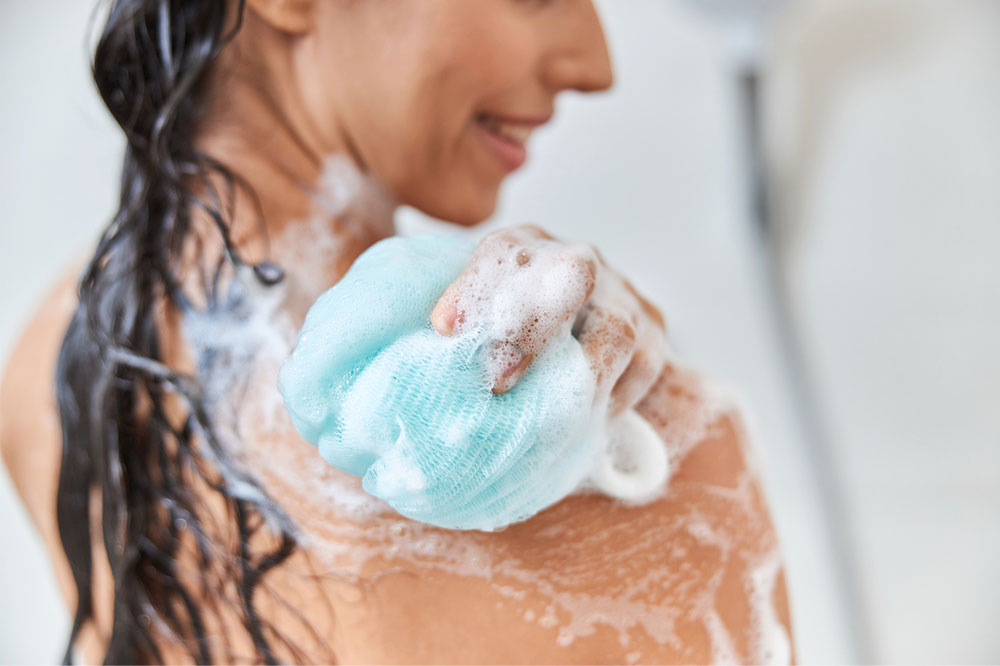6 mistakes one must avoid while showering

A shower can help to drive any tiredness and other morning blues away. However, there are certain bathing mistakes that can reduce the effectiveness of a shower. When one makes these mistakes, they prevent themselves from enjoying the whole range of health benefits bathing brings with it. Additionally, some of these can cause health issues as well. Having said that, here are six such mistakes to avoid while showering that one must be aware of.
Showering for too long
Spending hours on end in the shower may seem like a luxury, but long showers are a prime reason for skin dehydration. Dermatologists advise people against indulging in long showers as they can gradually peel away skin layers such as epidermal barriers and lipids. This exposes the skin to health conditions such as eczema.
Ideally, one must shower for no longer than 10 to 15 minutes. At most, that time can be extended by a couple of minutes. However, if one spends any longer than that in the shower, they are actively causing harm to their skin.
Using products that are harsh on the skin
Products that have abrasive components can strip essential oils, moisture, elasticity, and other sensitive and vital components of the skin. Also, these products can end up making the skin dry and dehydrated. To avoid such an outcome, one can purchase bathing products with 100% organic components to eliminate the possibility of chemical exposure. Additionally, one must purchase products with hydrating formulas to keep the skin moist and healthy long after a bath.
Bathing with extremely hot water
Ultra-hot water causes dry skin and irritation. So, if a person bathes in piping hot water for long periods and frequently, they may develop excessively dry skin. Additionally, water that is extremely hot can trigger undesirable immune responses as well, making the skin more sensitive to external agents. Like the previous mistake, this one can also cause people to develop conditions such as eczema and skin hives.
Ideally, lukewarm water or mildly cold water is considered the best for bathing as it helps maintain the health of one’s skin barrier, while also keeping the skin supple and glowing.
Scrubbing the scalp with fingernails
Scrubbing one’s scalp with sharp fingernails can result in flaking. The sharp fingernails tend to damage the surface of one’s scalp. In the long term, damaged scalp and flaking can result in hair growth and development issues in individuals. To avoid that, one can use their fingertips instead of nails while caressing their hair during a shower. Additionally, gently working up a lather while bathing also protects the scalp from coming apart slowly or undergoing flaking.
Forgetting to moisturize after a shower
Almost unanimously, dermatologists agree that one must moisturize their skin about three minutes after leaving the shower to get the best effects of moisturizing. Not doing so makes the skin dry and bereft of much elasticity and luster. When one moisturizes the skin while it is still damp, the hydration gets locked in. In this way, moisturizing right after showering helps people retain their skin freshness throughout the day.
Not rinsing well
Rinsing inadequately can cause soapy particles to remain on one’s skin long after they have left the shower. Over time, this results in poor skin health and elasticity. To avoid these issues, one needs to carefully rinse their body multiple times after using soap or shampoo during a shower.







